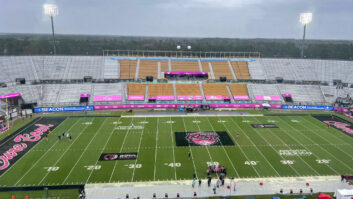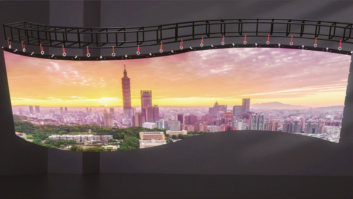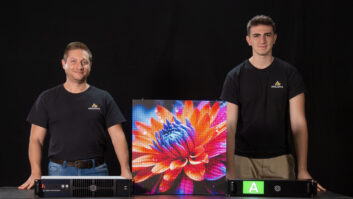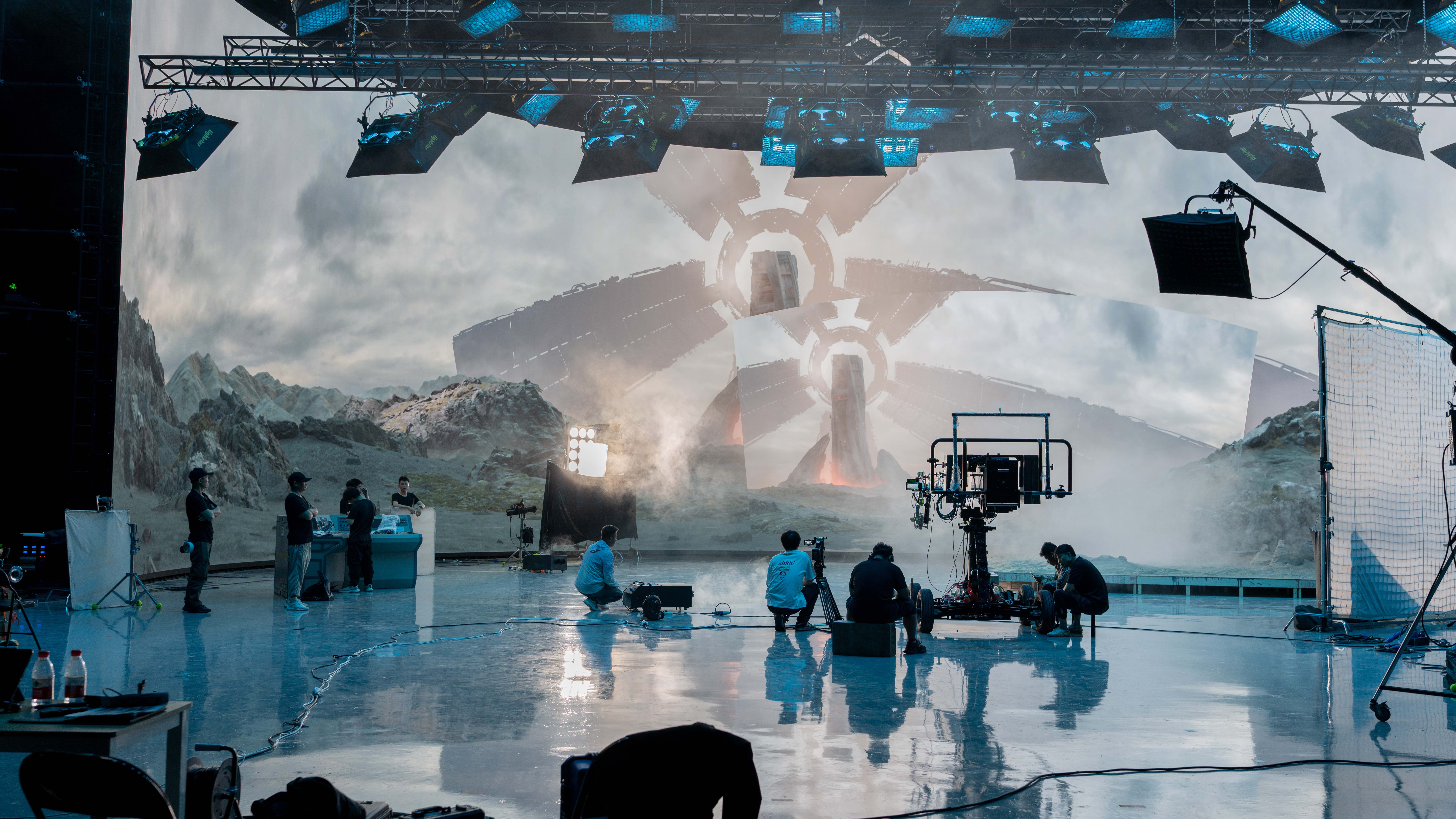
Graham Cooke, market analyst, displays, at Futuresource explores what the future may hold for the LCD market and the industry’s move towards LED…
The professional LCD market is entering a very interesting phase, with many challenges being seen from both the production side but also the demand from end users. From an LCD panel production perspective, the last few weeks have seen seismic changes in the sector, with an established player announcing intentions to leave the market, just as new vendors ramp up production. With Samsung DID declaring its intention to withdraw from the LCD video wall market, closely followed by further announcements that all LCD production would cease across its facilities by the end of this year, this could be seen as a significant blow to the LCD business. It is a challenge that LCD vendors who utilise Samsung DID panels will have to overcome, most notably Samsung Electronics, the market leader.
However, although one of the largest panel providers exiting could lead to some short term difficulties, as its customers quickly look to transition to other partners, there is more than enough capacity in the industry from other suppliers to fill this gap. Notably, the Chinese panel providers of Beijing Optical Electronics (BOE) and China Star Opto Electronics (CSOT) have both invested significant sums into new facilities, with production starting to ramp up. In addition, existing players like LG Display, AUO, Innolux and Foxconn (the parent company of Sharp) also have capacity to support. Foxconn is expected to support Samsung Electronics in the short term at least.
From a demand perspective, the LCD business is also facing challenges. Narrow Pixel Pitch (NPP) LED is quickly taking share across numerous key verticals, potentially impacting the status quo of LCD’s dominance. Recent years have witnessed substantial developments in the reliability, durability and overall image quality of NPP LED.
These factors, coupled with its tumbling price-point, means NPP LED is an increasingly feasible option. For many end users, the promise of a large, bright image that is not divided by unappealing bezel joins has made the technology worth the price premium.
NPP is a great option if a more creative installation is required that is not a regulation rectangle, for example a curve or wave – the smaller tiles allow for unusual shapes to be formed with ease. Unlike LCD, which is limited by the physical dimensions of the glass panel an LED wall can be any size, with seamless tiling.
However, whilst displaying a beautiful, vibrant image, NPP LED comes at a price. The cost differential is very high compared to LCD – often too high. The price for LED technology is falling quickly, but there is still a significant difference between that and LCD – from the 2019 Futuresource Video Wall report, for a comparable sized NPP LED wall to a 2×2 55” video wall, the cost was 2.7x higher, (but an inferior resolution).
This is one of the key factors why LCD still has a strong future in the displays market. There is always going to be budget-conscious end-users opting for the ‘good enough’ solution. For basic signage or presentation needs, LCD will still hold a pivotal place in the industry.
Resolution is another factor hindering NPP LED’s rise to dominance. Even with NPP LED pixel pitches becoming tighter and the accompanying resolutions improving all the time, they are still not the same as LCD on a comparable screen size. Virtually all LCD panels are at least 1080p, with increasingly 4K becoming much more common too. From the Futuresource LCD quarterly tracker, for all LCD panels, 1080p accounted for 69 per cent of sales, 4K 29 per cent in 2019. For LED, these resolutions are possible, but require a far larger wall to be constructed, often making it unfeasible if space (and budgets) are limited.
The LED industry is maturing – portfolios are diversifying, and vendors are now targeting the core run-rate channel as opposed to just rental projects. So-called ‘all-in-one’ or ‘out-of-the-box’ LED solutions are now coming to market and competing directly with LCD in meeting room environments.
These displays are pre-packaged into certain screen sizes (such as 130”), with all the components required for the display – LED tiles, mounts, bezels and cabling, and remove the need for consultants to design a wall and scope out certain specifications.
In short, these solutions are sold in the same way as LCD products. Their cost is still high, but it is expected to fall quickly and become a viable option where LCD (or projection) has always been strong.
Whilst there are undoubtedly significant challenges in the coming years for the LCD industry, it is by no means a declining sector, with growth still expected in the next five years. The professional LCD space has been remarkably resilient for a number of years now, and Futuresource expects the industry to regroup and find solutions to the challenges posed, with a significant place in the displays landscape for the foreseeable future.







